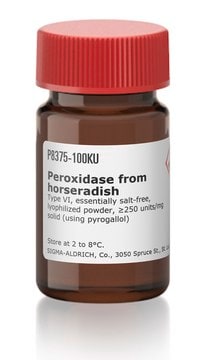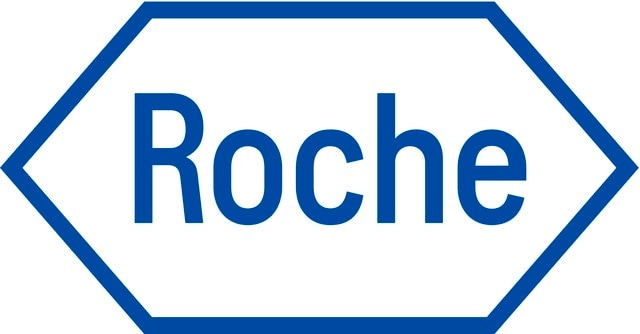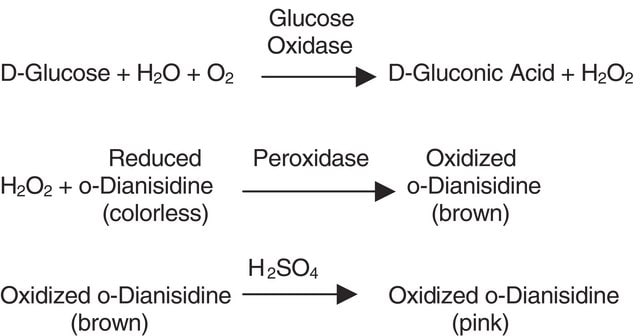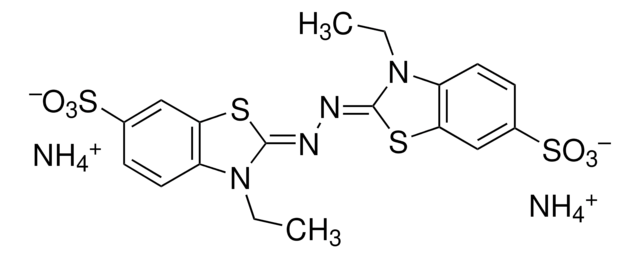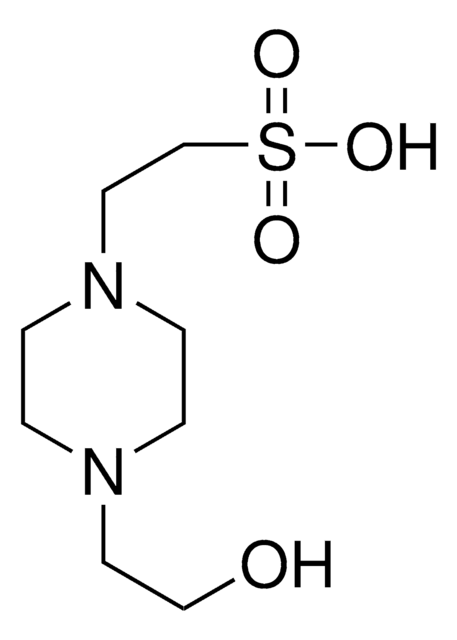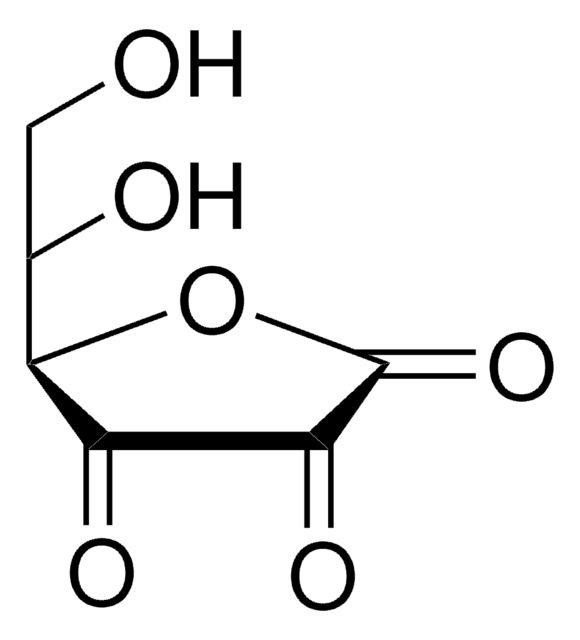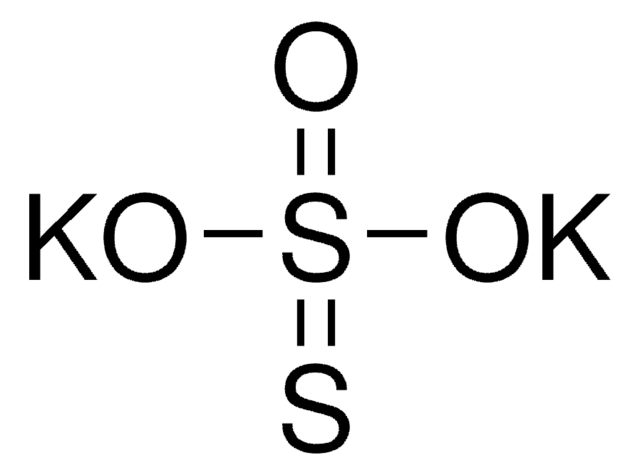추천 제품
일반 설명
Ascorbate oxidase is a homodimeric enzyme, which comprises 552 amino acid residues per subunit (zucchini). It corresponds to a molecular mass of 70kDa per subunit. This enzyme is mainly found in plants, fungi and eubacteria.
애플리케이션
Ascorbate Oxidase from Cucurbita sp. has been used:
- as a supplement in the culture medium for differentiation into osteoblasts
- to oxidize ascorbic acid producing monodehydroascorbate in monodehydroascorbate reductase assay
- in determining ascorbate (AsA) and dehydroascorbate (DHA) concentrations
Ascorbate oxidase, from Cucurbita sp., may be used to study oxidative stress and heat stress response and tolerance. Ascorbate oxidase, from Sigma, has been used in ascorbic acid assays to study the heat stress response of Arabidopsis .
생화학적/생리학적 작용
Ascorbate oxidase (AO) participates in cell growth by regulating reduction/oxidation (redox) of the apoplast. This enzyme can synthesize the oxidative molecule dehydroascorbate acid (DHA) in the apoplast. It is also involved in cell elongation and enlargement development.
Ascorbate oxidase converts ascorbic acid to dehydroascorbic acid. It is highly specific for L-ascorbic acid and a few analogs. Ascorbate oxidase exists as a dimer and has a molecular weight of approximately 140 kDa.
단위 정의
One unit will oxidize 1.0 μmole of L-ascorbate to dehydroascorbate per min at pH 5.6 at 25 °C.
물리적 형태
Lyophilized powder containing buffers and sucrose as stabilizer.
신호어
Danger
유해 및 위험 성명서
예방조치 성명서
Hazard Classifications
Resp. Sens. 1
Storage Class Code
11 - Combustible Solids
WGK
WGK 1
Flash Point (°F)
Not applicable
Flash Point (°C)
Not applicable
개인 보호 장비
Eyeshields, Gloves, type N95 (US)
가장 최신 버전 중 하나를 선택하세요:
시험 성적서(COA)
Lot/Batch Number
이미 열람한 고객
Sudhakar Srivastava et al.
Protoplasma, 248(4), 805-815 (2010-12-29)
Arsenic (As) is a potential hazard to plants' health, however the mechanisms of its toxicity are yet to be properly understood. To determine the impact of redox state and energetic in stress imposition, plants of Hydrilla verticillata (L.f.) Royle, which
Kyoko Fujita et al.
Biopolymers, 93(12), 1093-1099 (2010-07-29)
Hydrated choline dihydrogen phosphate (Hy[ch][dhp]) containing 30 wt% water was investigated as a novel protein solvent. The Hy[ch][dhp] dissolved some metallo proteins (cytochrome c, peroxidase, ascorbate oxidase, azurin, pseudoazurin and fructose dehydrogenase) without any modification. These proteins retained the surroundings
Ann Wambui Munyaka et al.
Journal of food science, 75(4), C336-C340 (2010-06-16)
The thermal stability of vitamin C (including l-ascorbic acid [l-AA] and dehydroascorbic acid [DHAA]) in crushed broccoli was evaluated in the temperature range of 30 to 90 degrees C whereas that of ascorbic acid oxidase (AAO) was evaluated in the
Michael Wawire et al.
Journal of agricultural and food chemistry, 59(5), 1774-1783 (2011-02-12)
Cowpea, an African leafy vegetable ( Vigna unguiculata ), contains a high level of vitamin C. The leaves harvested at 4-9 weeks are highly prone to vitamin C losses during handling and processing. Therefore, the purpose of this research was
Nidhi Chauhan et al.
The Analyst, 136(9), 1938-1945 (2011-03-19)
An ascorbate oxidase (AsOx) (E.C.1.10.3.3) purified from Lagenaria siceraria fruit was immobilized covalently onto a carboxylated multiwalled carbon nanotubes and polyaniline (c-MWCNT/PANI) layer electrochemically deposited on the surface of an Au electrode. The diffusion coefficient of ascorbic acid was determined
자사의 과학자팀은 생명 과학, 재료 과학, 화학 합성, 크로마토그래피, 분석 및 기타 많은 영역을 포함한 모든 과학 분야에 경험이 있습니다..
고객지원팀으로 연락바랍니다.
